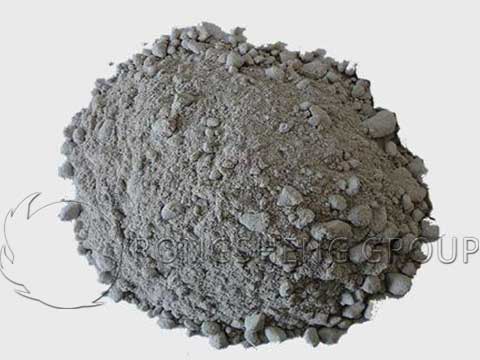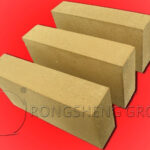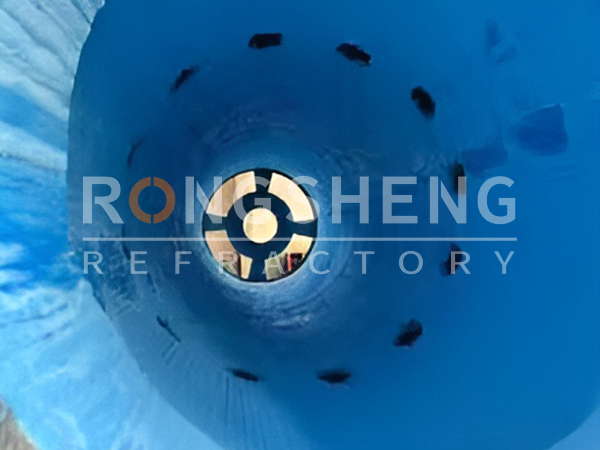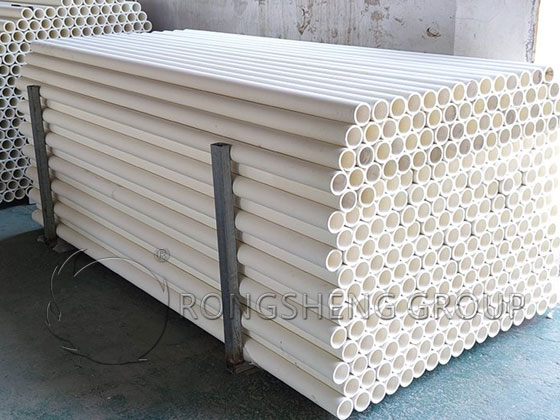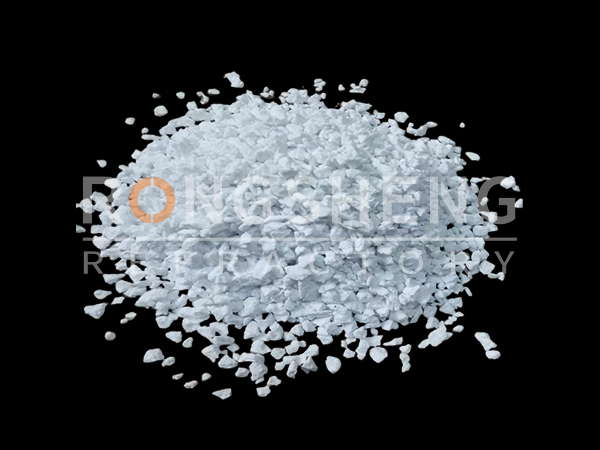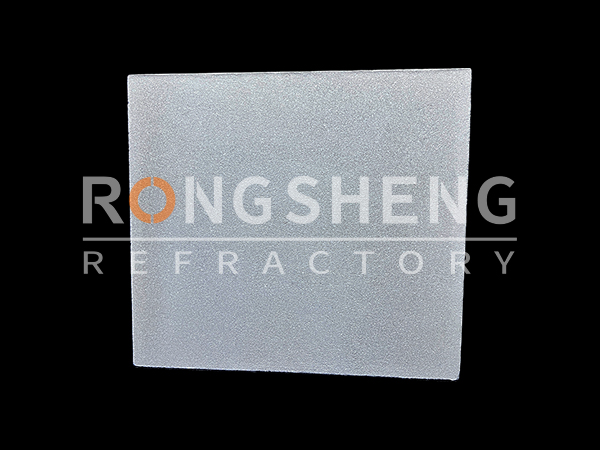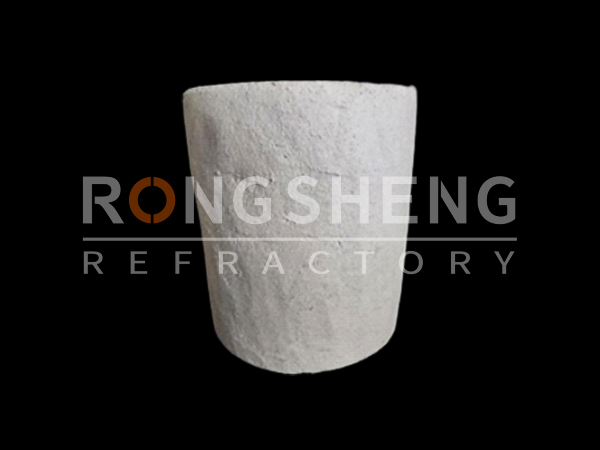Refractory for Smelting Ferrosilicon Furnace
Ferrosilicon furnace, also known as electric arc furnace or resistance electric furnace, is a kind of submerged arc furnace, which is an industrial electric furnace with huge power consumption. The ferrosilicon furnace is a type of high energy consumption furnace, which reduces energy consumption and increases output so that the life of the furnace can be used for a long time. Only in this way can the production cost of the enterprise be reduced and the discharge of waste residue pollutants be reduced. Therefore, its requirements for refractory materials in use are also quite strict, as is the refractory factory.
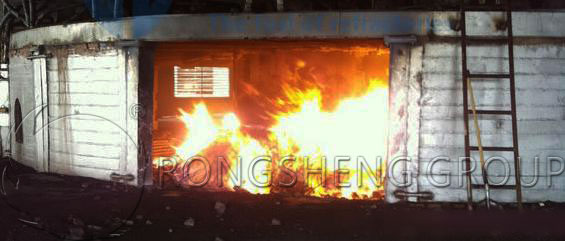
The Working Characteristics of Ferrosilicon Furnace
Ferrosilicon furnace is mainly composed of a furnace shell, furnace cover, furnace lining, short net, water cooling system, smoke exhaust system, dust removal system, electrode shell, electrode pressing and lifting system, loading and unloading system, controller, burn-through hydraulic system, transformer, and various electrical equipment. Ferrosilicon furnace is mainly used for reducing and smelting ore, carbonaceous reducing agent and solvent, and other raw materials. Production of ferrosilicon, ferromanganese, ferrochromium, ferrotungsten, silicon-manganese alloy, calcium carbide, and other ferroalloys and chemical raw materials. Its working characteristic is to use carbonaceous or magnesia refractory material as furnace lining and use self-cultivation graphite electrodes. An industrial electric furnace with continuous feeding and intermittent tapping of iron slag.
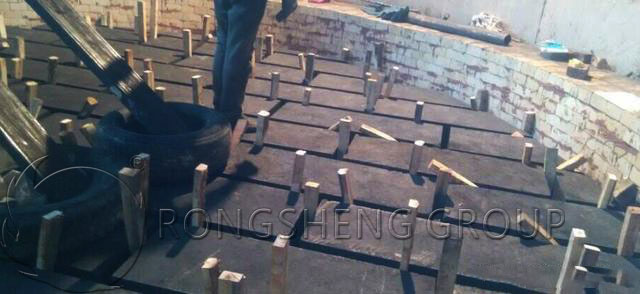
Refractory Lining Materials for Smelting Ferrosilicon Furnace
Different reaction temperatures of ferrosilicon furnaces, the use of refractory materials of different refractory lining materials in kilns. This scheme is for reference only. The specific kiln lining material to be used needs to be judged only after the technician understands the use of the ferrosilicon furnace.
New material preheating zone. The uppermost layer is about 500mm, and the temperature is 500℃-1000℃. The difference in heat comes from high-temperature airflow, electrode conduction heat and surface charge combustion, and charge distribution current resistance heat. The temperature of this part is different, and the kiln lining material is made of clay bricks.
preheat zone. After the water evaporates, the charge will gradually go down and make initial changes in the preheating zone. Silica transforms, expands in volume, and then cracks or bursts. The temperature in this section is around 1300°C. Built with high alumina bricks.
Sintering zone. It is the crucible shell, the temperature is 1500℃-1700℃. Liquid silicon and iron are formed and dropped into the molten pool. The sintering and air permeability of the charge is poor, the block should be broken, the gas ventilation should be restored, and the resistance should be increased. This area is hot and aggressive. It is built with semi-graphite-silicon carbide bricks.
reduction reaction zone. A large number of intense chemical reaction zones for materials, and the temperature of the crucible zone is 1750℃-2000℃. The lower part is connected to the arc cavity, mainly for the decomposition of SIC, the generation of ferrosilicon, and the reaction of liquid Si2O with C and Si. The high-temperature area must be built with semi-graphite-fired carbon bricks.
Arc zone. In the cavity area at the bottom of the electrode, the temperature is above 2000°C. The temperature of this zone is the highest temperature zone in the whole furnace, and it is also the source of the most temperature distribution in the whole furnace body. Therefore, when the electrode is inserted shallowly, the high-temperature area moves up, the temperature of the furnace bottom is low, and the slag is less removed, forming a false furnace bottom. As a result, the tap hole is moved up, and a certain false bottom has certain benefits for protecting the furnace. Generally speaking, the depth of electrode insertion has a lot to do with the diameter of the electrode. The general insertion depth should be kept at an extreme distance of 400mm-500mm from the bottom of the furnace. This part has a higher temperature and is built with semi-graphite-fired carbon bricks.
Phosphate concrete or clay bricks are used for permanent layers. The furnace door can be cast with corundum castables or pre-laid with silicon carbide bricks.
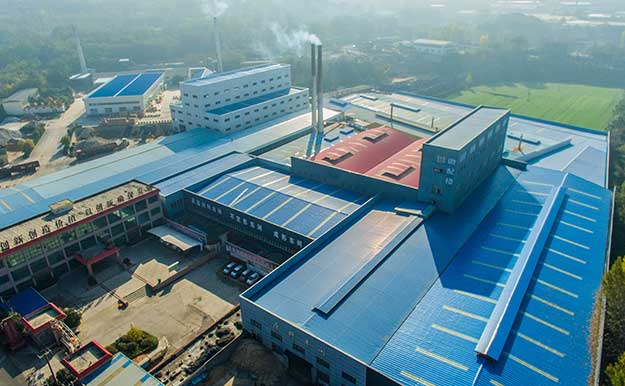
In short, according to the furnace size, temperature, and erosion degree of the ferrosilicon furnace, choose suitable, environmentally friendly, refractory bricks and castables of different materials for the kiln lining. To buy refractory kiln lining material in kilns, please choose a strong refractory material manufacturer. As a refractory factory, Rongsheng refractory manufacturer has an advanced refractory production line and a professional technical team. Rongsheng Refractory Factory provides high-quality refractory kiln lining materials for industrial furnace refractory kiln linings to meet production requirements and save production costs.
